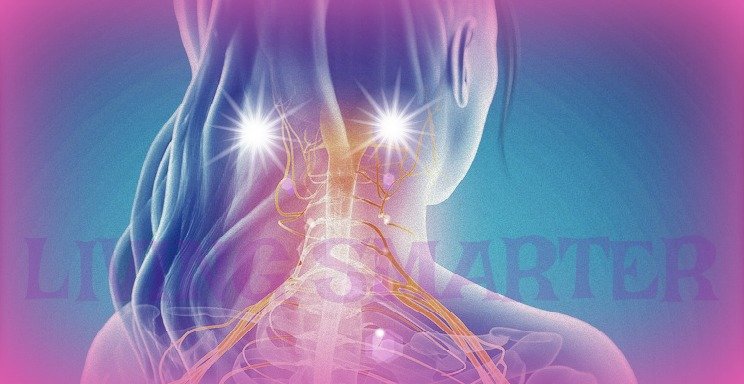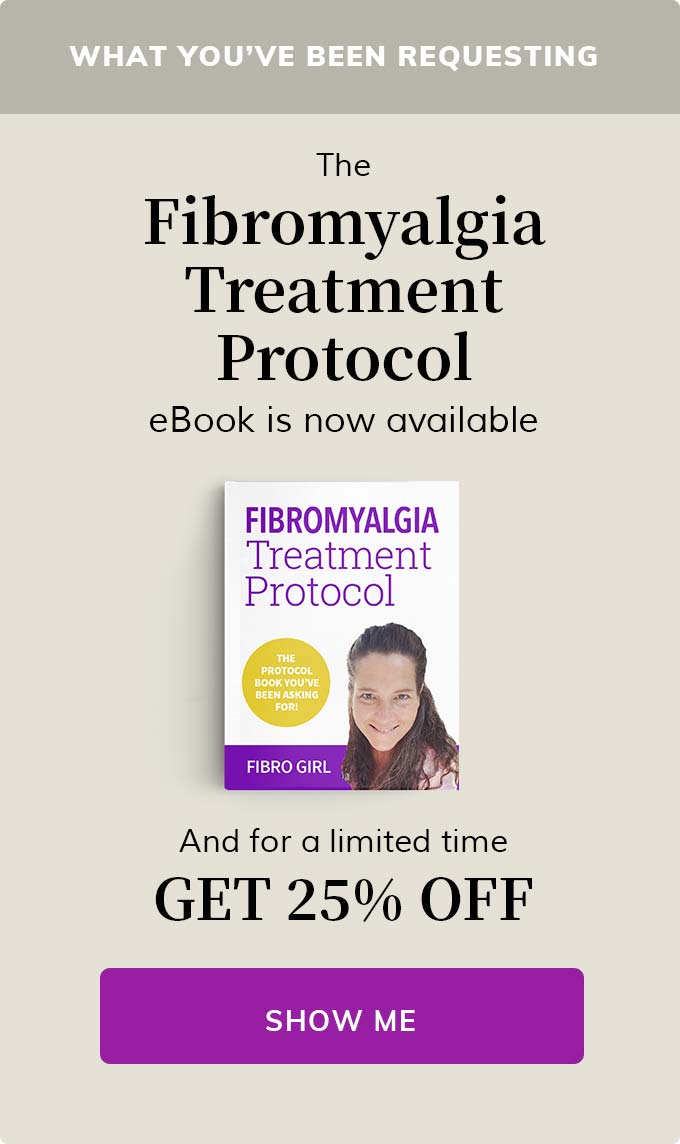Fibromyalgia and Occipital Pain
 Fibromyalgia and Occipital Pain
Fibromyalgia and Occipital PainIf you have fibromyalgia, you know that pain and various sensations of pain can affect any part of the body.
However, the head is one area that can bring additional challenges. I like to say "this is the area where we think, express ourselves, and interact with the world around us"
If you are not familiar with the occipital points, notice the graphic above. I also highlighted these points so you can see exactly where they are.
They are just behind and slightly below the mid point of the ear. (they are also very close to the tender areas of the neck)
If you have lived with head pain or chronic migraine as I have since a young age, you have likely experienced pain here. Another name is Occipital Neuralgia.
Keep reading here if this sounds all too familiar. I am sharing what we do that does help this painful area.
Occipital pain and Trigger Points
Unlike tender points, trigger points do travel and radiate pain.
When pain starts around the neck area, it can easily travel up into the occipital points, and before you know it, wrap around the entire head, and into the face, eyes, and sinus area.
It just so happens that we have both tender points (areas) and trigger points around the neck.
Tender areas contribute to soreness and that "tenderized" feeling, while trigger points feel more like burning, stabbing, and referring pain.
Sleeping positions, pillows,
head and neck support
In many videos, I have shown how I use additional support behind my occipitals, and this really came after much trial and error. When it comes to pillows, not everyone agrees on the softness, thickness, or level of support.
Cervical pillows are great for helping to restore our curvature that can become compromised through daily activities of living, but I found that having the top of my head too far down was not good for my head or my breathing.
By the way, in our current eight week program for fibromyalgia, I am giving movement and exercise instruction, pain relief protocols, and our metabolic protocols as a part of the bonuses. You can get on a waitlist for our second quarter program. We will post that here in February and March.
And, keep reading here for more information on Occipital pain.
Circulation Therapy
Alternating hot and cold is great for increasing circulation and helping to reduce stiffness and pain. However, some people do not like anything cold around their head.
You can just use moist heat around the neck and occipital areas, but try to do at least one round of cold to increase the blood flow.
Increasing blood flow around the head is ESSENTIAL when we have occipital pain.
Head bands and Soft Neck Collars
I've had to get really creative with my occipital pain over the years. Due to the nature of how debilitating this pain can be, it can certainly disrupt our life and our ability to think and function.
If you watch my videos, I sometimes show the soft neck collar and how this helps to support the occipitals and support the neck as well. I use it during sleep and occasionally during the day.
I have even used it while performing upper body exercises to support my neck and occipitals and it really helps a lot. I am actually wearing a soft neck collar as I write this. Working at my desk, driving in the car, it really has many uses.
A soft neck collar is not only useful after injury or surgery, it has many uses, and for those of us with occipital head pain, it really makes a difference.
I also wear head bands that gently hug the occipitals, and it just feels good. They might seem like a fashion statement, but they are so much more. Sometimes it feels good to put them on, and other times when taking it off, it also feels good.
Chiropractic adjustments and the Occipitals
An experienced chiropractor can be invaluable, but there are many out there, and they all claim they can help you, right?
I've been getting chiropractic adjustments over 30 years now, and I have had both good and not so good ones.
The occipitals points can be sensitive to chiropractic adjustments, so if you are getting any type of chiropractic work, always let your chiropractor know about your occipital pain.
The key is to work with someone you feel comfortable with. Proper adjustments can be great for the neck and occipitals, but improper adjustments can leave you in more pain. Any initial soreness or pain is normal, especially if your muscles have been really pulled out of alignment and subluxation has occurred, but increased pain should not last for days.
Our Head and Neck exercises for Occipital pain
Over the years, I have shown various neck exercises that you can use to strengthen the neck which also supports the occipitals. These are in the exercise video section of Fibro Fit People. Now, just to give you an idea, besides the light compression with head wraps and soft neck collars, you can try some light movements.
Sometimes, these movements can feel like they are making it worse, like anything else, when we are training our muscles, it can be a little uncomfortable.
Standing (or sitting) with good posture, shoulders back, bring your chin down to your chest, hold it, and then with your hand put tension on the back of your head as you bring your head back up.
You can do this a few times per day, and then if you like, do the "U" exercises, or turn the head from side to middle, to other side to gauge your range of motion.
Related Articles:
Fibromyalgia Neck Pain
Fibromyalgia and Chronic Migraine
Fibromyalgia and Chiropractic Care
Your first paragraph ...
HOME> Fibromyalgia Symptoms List > Fibromyalgia Occipital Head Pain
Before you leave, my sitemap can provide you with a "God's-eye" view of this website laid out in "outline format".
Stay connected by joining our unique Email here at Fibro Repair Email
Didn't find what you were looking for? Search for it:
living-smarter-with-fibromyalgia.com
©2013-2024 All Rights Reserved
FibroFitPeople, LLC ;©2024 All Rights Reserved









